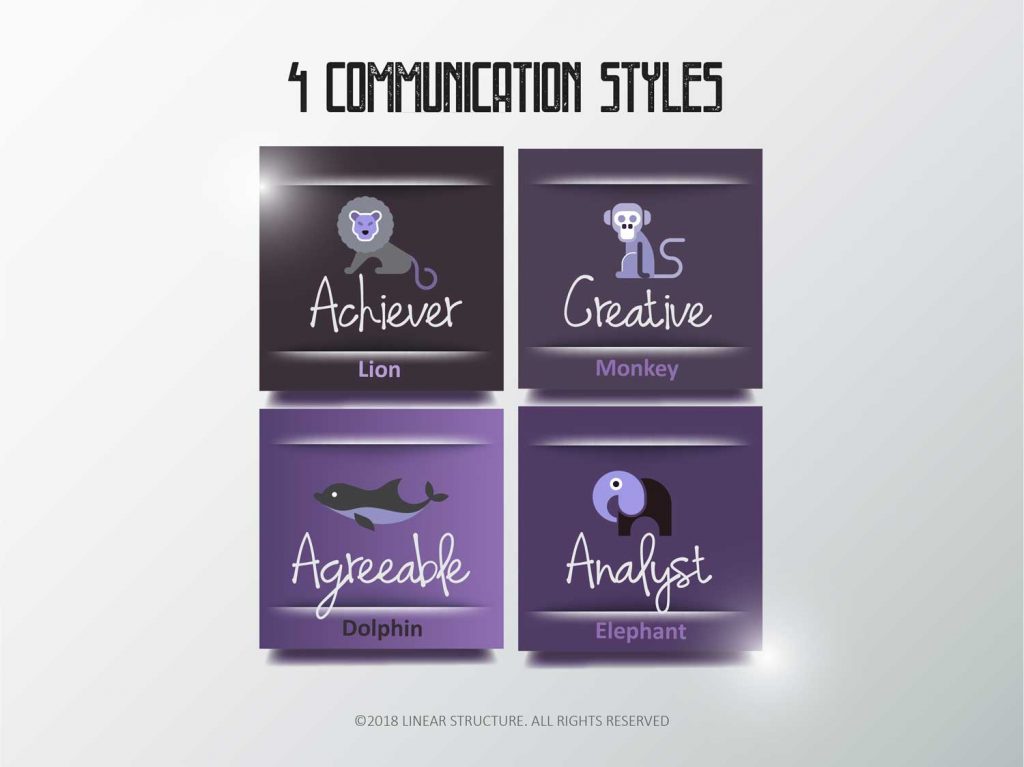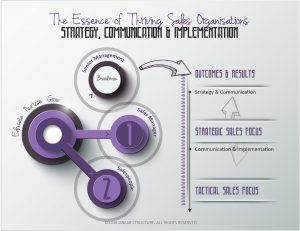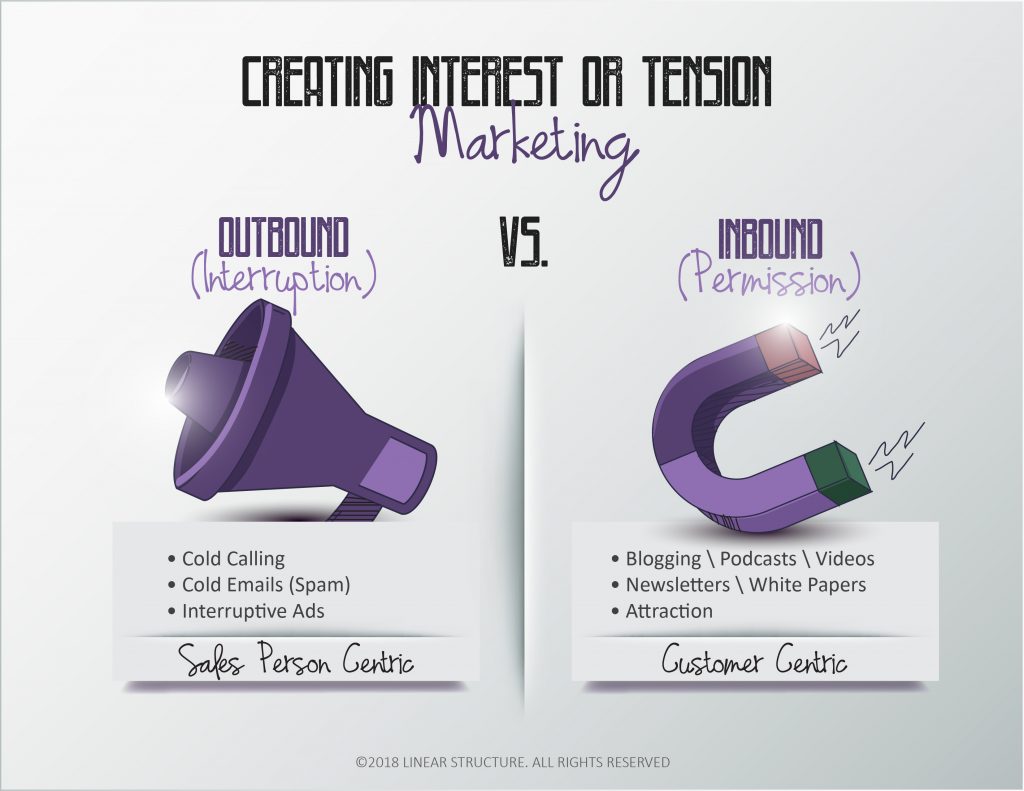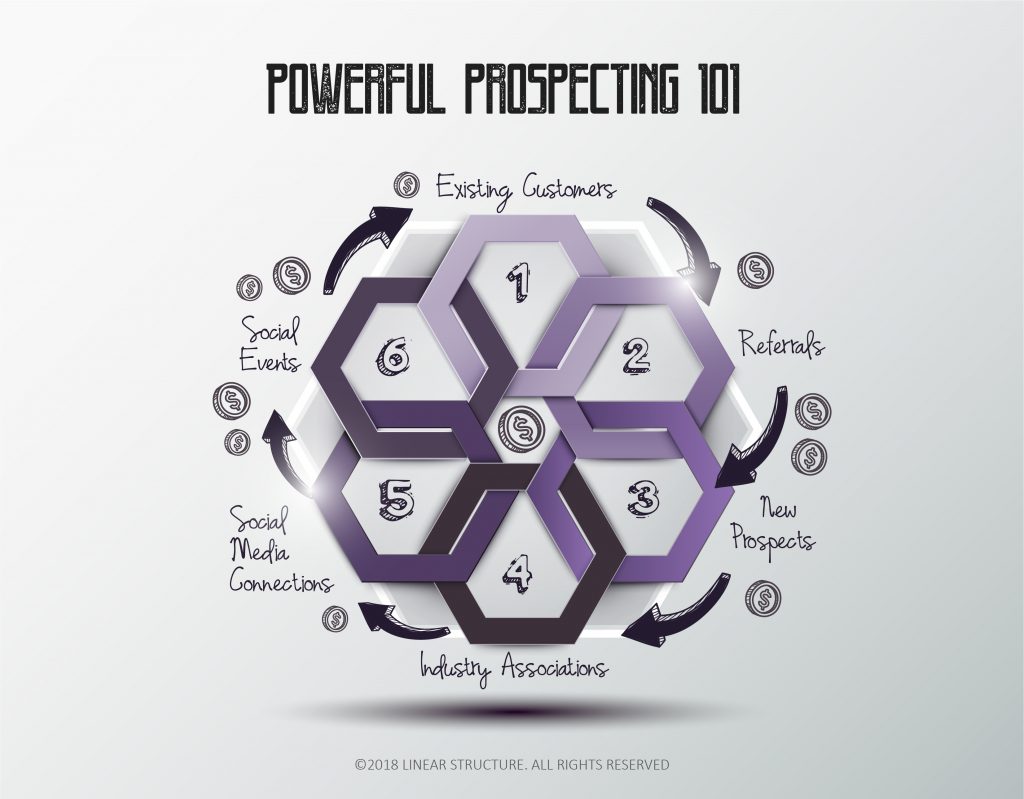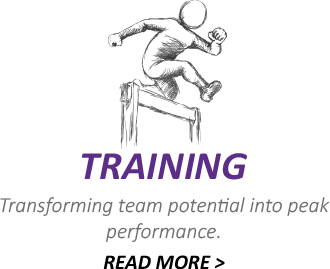As a manager, you want to get the best from everyone in your team. But they are all individuals with different personalities, so to achieve this requires insight and adaptability on your part to succeed.
Trying to communicate in just one style…your preferred style is not enough!
In the previous podcast and blog post we discussed four main communication styles and linked them to four animals for a bit of fun, but more importantly to help you to quickly identify people’s individual communication preferences.
In this article, I want to dig deeper into each of these communication styles and share how to adapt your way of communicating, so that it really resonates with each individual in the team.
The first one was the Monkey/Creative individual, this was the person who is energetic, full of life, has creative ideas and an outgoing personality.
What’s the best way to treat them?
Well, show your enthusiasm for the task or goal at hand. Sharing that emotion with them is very important.
Recognise too how they tend to value themselves. They access themselves by feedback, applause and recognition. This is very big in their world and it’s how they gauge whether they are doing well or not.
So, look for opportunities to offer genuine commendation and vocalise it.
Also, make it possible for them to get ahead quickly on new tasks and face new challenges. Don’t make things boring or staid for them, otherwise they could quickly lose that beautiful enthusiasm and creativity.
How can you help them to improve?
We mentioned giving them recognition, but they also need structure within which to reach the goal. So, map out some steps for them to work too so they can focus and not lose their concentration.
How to lead them?
When you think about leadership with these types of individuals, lead them in a way that inspires them to bigger and greater accomplishments. But you need to have short-term targets so they can hit these steps along the way.
Now let’s look at the LION/ Achiever character, this is the high-achieving individual focused on tasks and results.
What’s the best way to treat them?
The best way to treat them is to give them the opportunity to be in charge. Always recognise they value themselves on the results or goals they achieve. Make it possible for them to get into competitive situations because they like to win. So, you need to allow an opportunity for this, don’t try to hold them back or restrict them, they will just get frustrated.
How can you help them improve?
Give them a position where they have to cooperate with others, one area they need to develop is to be more considerate of other people’s feelings and also work within a team.
How to lead them?
The most effective form of leadership is to allow them some space to do things their own way, that’s where they feel most confident and comfortable.
Consider now the DOLPHIN / Agreeable character, this individual is very loyal and supportive and needs a different approach.
What’s the best way to treat them?
The best way to treat them is to be supportive and show you care about them. This is really important to them, knowing you have a personal interest in them and good relationship is critical to them performing at their best. You need to recognise that they tend to access themselves based on the quality of friends and relationships they have. If they feel that other people in the team around them like them, then they must be doing the right things. So, you need to make it possible for them to feel relaxed, knowing you are interested in them succeeding. Take the time to explain the background and reasons for the task then they will fully support and engage with you.
How you can help them improve?
One way is by providing a structure of goals and showing them the methods to achieve and reach those goals. This ties in very nicely with the most effective way to lead them.
How to lead them?
You need to outline specific plans and activities that need to be accomplished. Then they will feel confident and comfortable to push ahead to achieve those goals.
Finally, with the ELEPHANT/Analyst character,
What’s the best way to treat them?
Well we know they love the details, so be prepared to give them lots of data and information, that’s how they feel comfortable. Recognise that they access and value themselves with a slightly different paradigm. That activity and keeping busy with cause results to fall into place.
So, what’s the best way to work with them? One thing to remember is that they don’t like to be pressured or pushed to make decisions. So, you need to allow them the opportunity to be let off the hook sometimes rather than pressured or cornered into making decisions quickly.
How can you help them improve?
There are several areas but one of the most important is to help them develop their communication skills, so they can relate better to other people. Some of the important points we have considered here will play a significant part in helping them communicate better.
How to lead them?
In terms of leading them, the most effective way is to give them a structured framework so there are clear parameters that they understand and feel comfortable with. To gain their respect and engagement, formulate and prepare your ideas or tasks in full detail. Then allow them time to digest the data and information and expect lots of questions before getting their commitment to move forward.
Next Actions for you to implement.
So, this has given you four different characters and the best ways to communicate with them. I want to encourage you now to think about the individuals in your team and look at identifying their preferred way of communicating. How you can adapt your style of communication to bring out the very best in them and so doing achieve rapid progress in record time towards your goals!
Podcast: Play in new window | Download
Subscribe: RSS


